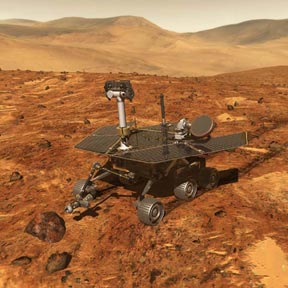This is what an artist thinks one of the MER rovers might look like on the surface of Mars.
Click on image for full size
Image courtesy NASA/JPL
An Overview of the Mars Exploration Rover (MER) Mission
NASA's Mars Exploration Rover (MER) mission has sent two robotic rovers to the surface of Mars. The two separate spacecraft are exploring sites on opposite sides of Mars. One rover is exploring Gusev Crater. The other rover is exploring Meridiani Planum. Scientists think there is a good chance that there was water at each of these sites in the past. Places that have or had water are the best places to look for signs of life. The rovers have special instruments to look for signs of water.
The twin MER missions were launched in June and July of 2003. They made it to Mars in January 2004. The two rovers have been given names. The first is named "Spirit" and the second is called "Opportunity".
You might also be interested in:
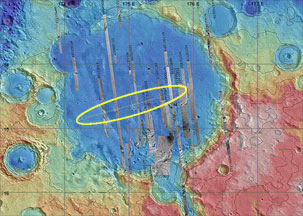
The first of two Mars Exploration Rovers (MER) landed within Gusev Crater on Mars on January 3, 2004. The robotic rover is named Spirit. Spirit bounced to a halt within an 81 km by 12 km (50 by 7 miles)
...more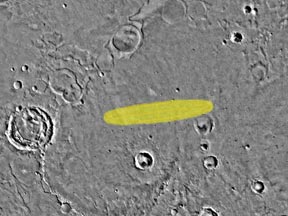
Two Mars Exploration Rover (MER) vehicles landed on Mars in January 2004. The second, named "Opportunity", landed at a place called Meridiani Planum. Meridiani Planum is a flat plain ("planum" means "plain");
...more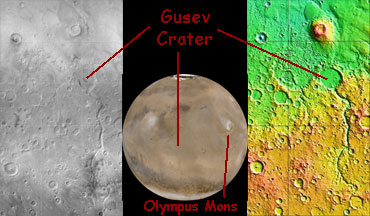
Gusev Crater is an impact crater on Mars that looks as though a lake may have once filled it in the distant past. One of the two Mars Exploration Rovers (MER) will explore Gusev Crater beginning in January
...more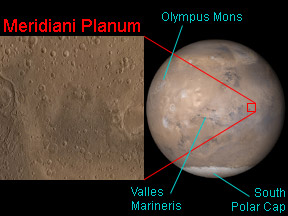
Meridiani Planum is the name of a plain on Mars. One of the Mars Exploration Rovers, named Opportunity, landed there. Meridiani Planum is very flat. "Planum" means "plain". Meridiani Planum is near the
...more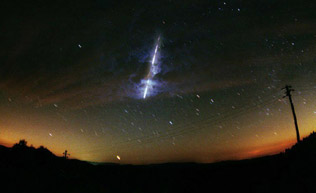
Meteors are streaks of light, usually lasting just a few seconds, which people occasionally see in the night sky. They are sometimes called "shooting stars" or "falling stars", though they are not stars
...more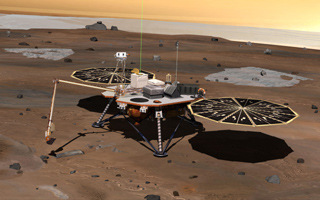
The Phoenix Mars Lander was a robot spacecraft that was sent to Mars. Phoenix landed near the North Pole on Mars. This page tells about the mission of Phoenix. It also describes the instruments on the
...more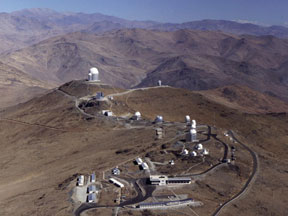
The Atacama Desert in Chile is one of the driest places on Earth. Some plants, animals, and microbes manage to survive there, though. People live and work in the Atacama Desert, too. Places like the Atacama,
...more


